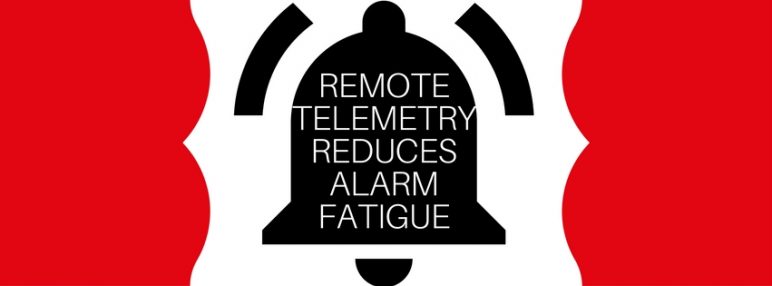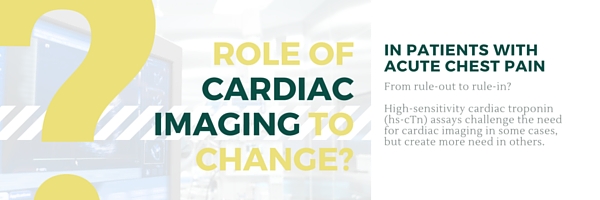A new study suggests the use of an off-site cardiac telemetry central monitoring unit (CMU) could improve telemetry alarms for non-intensive care unit patients and reduce the number of monitored patients—without increasing cardiopulmonary arrest events.
The study, published August 2 in the Journal of the American Medical Association, studied all non-intensive care unit patients at Cleveland Clinic and three other regional hospitals over a period of thirteen months. An off-site CMU applied "standardized cardiac telemetry" for 99,048 patients during that time.
The Data
Among the study's population, emergency response team (ERT) activation occurred for 3,243 patients. 979 of those patients had rhythm or rate changes occurring up to one hour prior to the ERT activation. The CMU detected and provided accurate notification for 772—or 79 percent—of those events, according to the study's abstract.
For 105 patients, the CMU provided "discretionary direct ERT notification" for events requiring urgent clinical intervention, reads the abstract. Slightly more than one in four of those patients went on to experience cardiopulmonary arrest events—27 patients, or 26 percent. Return to circulation was achieved in 25 of those patients, or 93 percent.
Telemetry standardization also reduced the number of patients monitored by 15.5 percent per week through eliminating low-risk patients.
How the Central Monitoring Unit Works
The study's model used one monitoring technician to provide continuous cardiac monitoring for up to 48 patients, providing blood pressure, pulse oximetry, and respiratory rate notifications on request, according to the JAMA media release. A lead technician also provided oversight and supervision for real-time rhythm interpretation.
Continue reading Taking Telemetry Out of the Hospital Improves Outcomes, Reduces Alarm Fatigue



